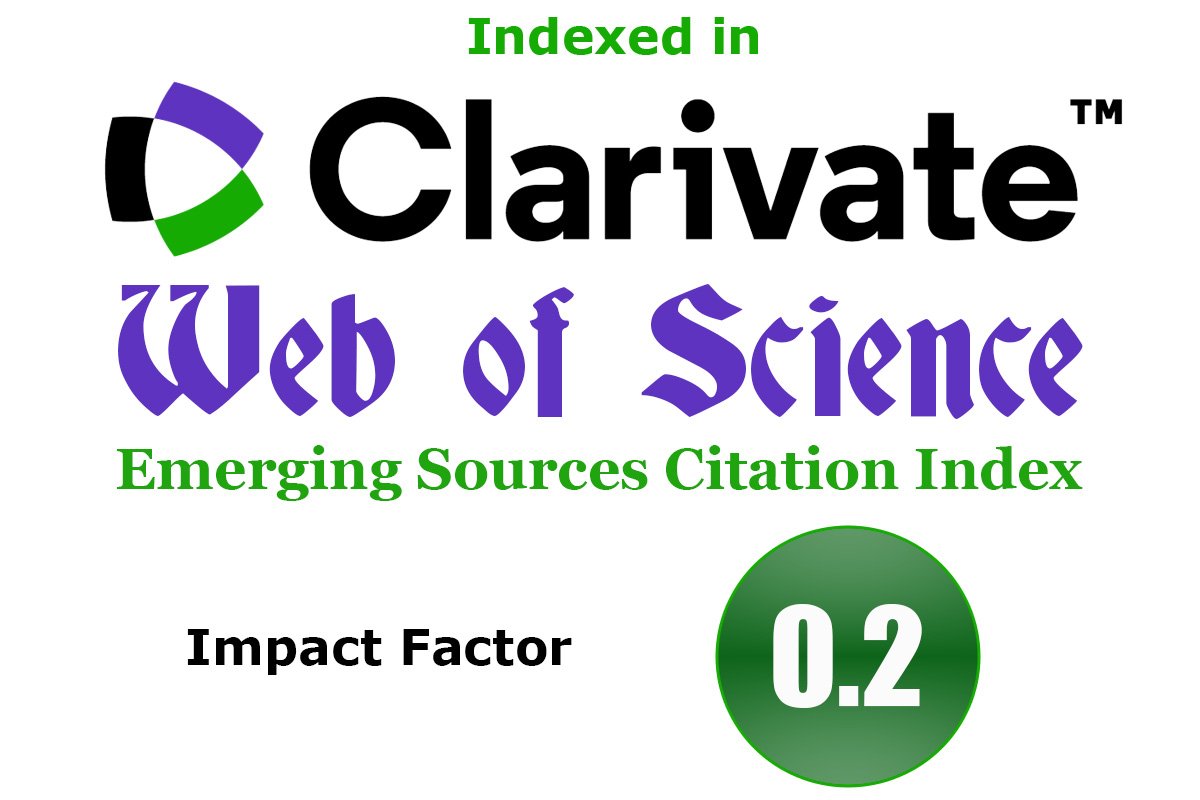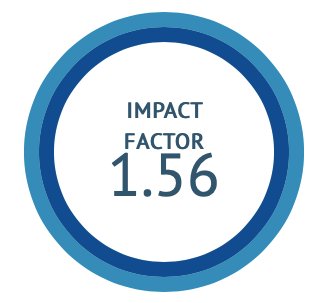Investigating the effect of Cynodon dactylon on the secretion of growth factors from Dental pulp stem cells and angiogenic potential in chick embryo model
DOI:
https://doi.org/10.47552/ijam.v16i1.5308Keywords:
Angiogenesis, Cynodon dactylon, Durva, Growth factor, Human dental pulp stem cells, YSM modelAbstract
Background: Durva (Cynodon dactylon) is an abundantly available plant in India with great medicinal properties. It is used for the treatment of various cardiovascular diseases such as heart failure and atherosclerosis. It is a one of the drugs that maintain and stabilise pregnancy. We investigated the effects of the aqueous extract prepared from the rhizomes of C. dactylon on stem cells growth factor secretion and angiogenesis in chick embryo model. Methods: MTT assay was performed to assess cytotoxicity of aqueous extract of Cynodon dactylon at various concentrations (2, 5, 10, 15, 20, 25 and 50 µg/ml). Human dental pulp stem cells (hDPSCs) were treated with non-toxic aqueous extract concertation of Cynodon dactylon to collect the preconditioned media. Chicken Yolk Sac models model was deployed to observe angiogenic the effect of aqueous extract. Further growth factor analysis of pre-treated hDPSCs condition media analysed for the angiogenic growth factors that affect the angiogenic process. Results: Cynodon dactylon does not show cytotoxic effects at any concentration tested. At 10 µg/ml aqueous extract show good proliferation rate compare with other concentration. Preconditioned media of Cynodon dactylon showed high amount of growth factors secretion than that of the control conditioned media. The chick embryos treated with 10 µg/ml aqueous extract of Cynodon dactylon, showed highest growth of blood vessels followed by the preconditioned media as compared to the control groups. Conclusion: Our study concludes that Cynodon dactylon promotes the process of angiogenesis by stimulating secretion of essential growth factors and potential angiogenic properties.
Downloads
Published
How to Cite
Issue
Section
License
Copyright (c) 2025 International Journal of Ayurvedic Medicine

This work is licensed under a Creative Commons Attribution-NonCommercial-ShareAlike 4.0 International License.
The author hereby transfers, assigns, or conveys all copyright ownership to the International Journal of Ayurvedic Medicine (IJAM). By this transfer, the article becomes the property of the IJAM and may not be published elsewhere without written permission from the IJAM.
This transfer of copyright also implies transfer of rights for printed, electronic, microfilm, and facsimile publication. No royalty or other monetary compensation will be received for transferring the copyright of the article to the IJAM.
The IJAM, in turn, grants each author the right to republish the article in any book for which he or she is the author or editor, without paying royalties to the IJAM, subject to the express conditions that (a) the author notify IJAM in advance in writing of this republication and (b) a credit line attributes the original publication to IJAM.




